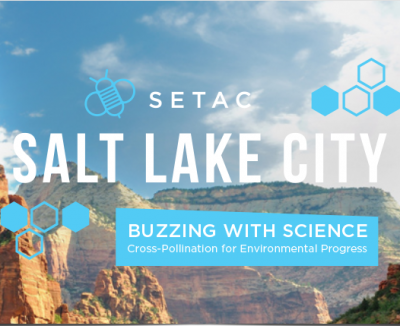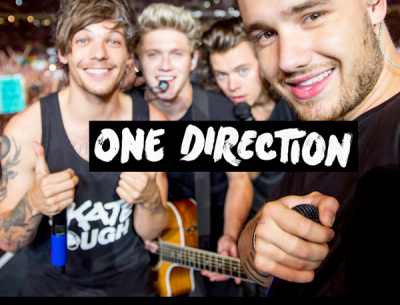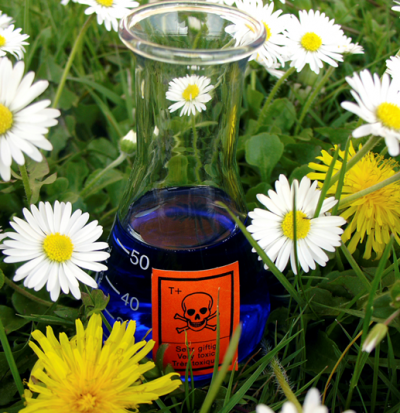Will Revlon’s move to limit “toxic ingredients” set a precedent?

The organization has been at work for over twenty years with the objective of “protecting human health and the environment...[and motivating] consumer choice and civic action with its game-changing investigations and research on toxics and environmental health, food and agriculture, and water and energy,” according to the EWG site.
For the personal care industry, that means this group is taking note and taking action on ingredients it believes negatively impact consumers and/or the environment whether or not those materials are regulated by government or industry standards.
Sign on the dotted line
Last year the EWG launched an online petition, gathering signatures in support of its initiative to remove “toxic chemicals” from cosmetics and personal care products on the market. This particular petition was addressed to both Revlon and L’Oreal.
A handful of ingredients that the group asked Revlon and L’Oreal to remove were listed by name: DMDM Hydantoin and/or Quaternium-15; Butylparaben; Isopropylparaben; Isobutylparaben; and Propylparaben. “While other companies are reformulating their products to remove these chemicals, you are continuing to put your customers at risk. Enough is enough. Remove dangerous hormone disruptors and formaldehyde releasers from your products,” the online petition reads.
This sort of public pressure from thousands of likely consumers, backed by a prominent organization, is likely to inspire big beauty brands to rethink their dependence on conventional chemical formulations.
Revlon reformulates
The beauty brand is indeed reformulating a personal care product previously made with butylparaben, according to the EWG’s press release. And Revlon has already completely removed some of the chemicals in question—isobutylparaben, isopropylparaben, and the formaldehyde releaser DMDM hydantoin— from its products and will soon stop using quaternium-15 too.
“We are pleased that Revlon has acted to remove these toxic ingredients,” said Heather White, EWG executive director. “Long-chain parabens and formaldehyde-releasing chemicals have no place in everyday cosmetic products. We applaud Revlon for taking these important steps and hope that other companies will follow Revlon’s lead by reformulating their products to remove chemicals that have been linked to serious health problems.”
The year for change
2015 will see more steps by cosmetic industry players for the EWG to applaud. By 2016 the Food and Drug Administration plans to issue new rules regarding triclosan. And major personal care brands, including Johnson & Johnson, P&G, Colgate-Palmolive and Avon have undertaken to discontinue several chemicals that are of concern to industry associations and consumer groups.
Avon, in particular, was proud to be at work “identifying alternatives or changing formulations for the small number of existing products that had included [triclosan] among their ingredients,” Jennifer Vargas, representing the company, said in spring of 2014 when plans were announced to phase the chemical out.









